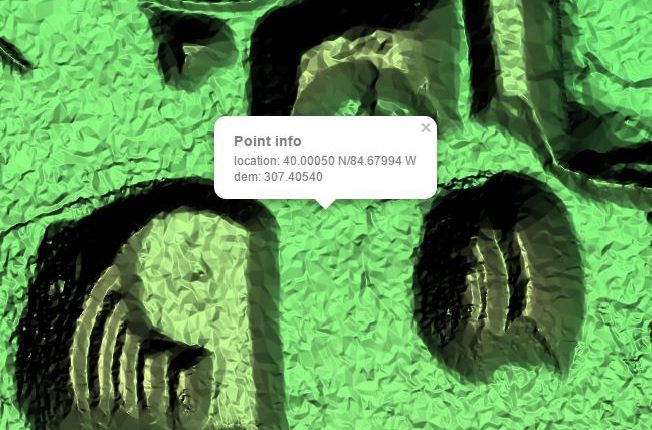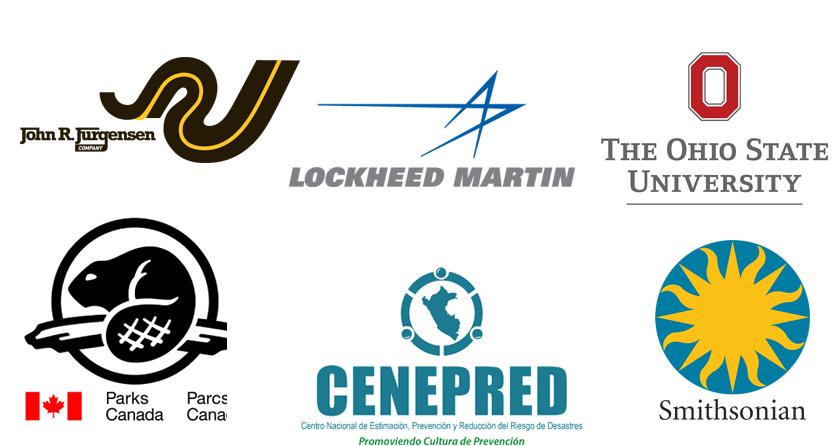Mapping and Surveying Drones
Event 38 builds drones, sensors and post-processing software for creating high resolution, low cost maps on demand. We serve customers in surveying, agriculture, aggregates and research. With our diverse experience and product line, we can recommend the appropriate equipment to meet your requirements and budget. Our support engineers will be able to assist you with every step from setting up and flying a drone to integrating the data into your existing workflow.
Our drones are deployed in dozens of countries around the globe. They are flight tested from humid jungles to freezing tundras and high mountain passes. See why these world class organizations trust us to deliver and support the best mapping drones in the world.








